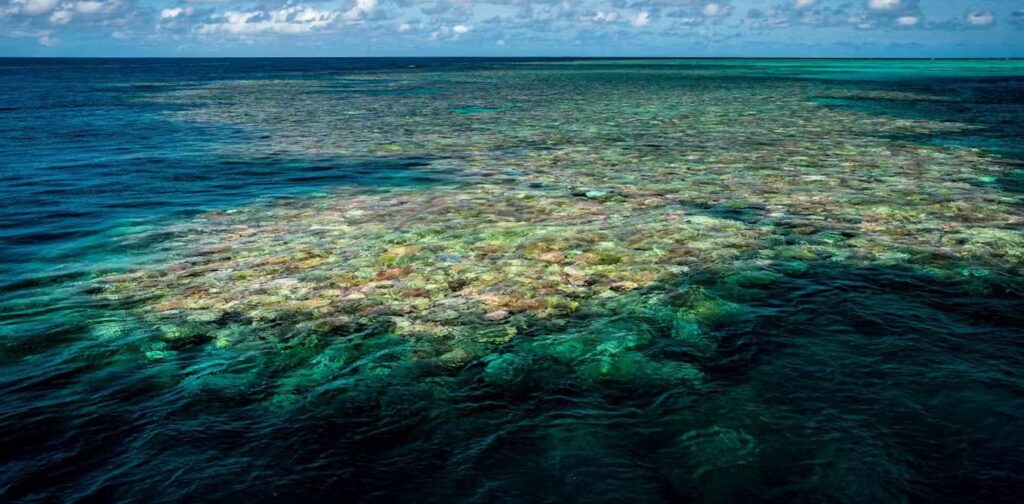
UPDATE: Urgent new findings reveal that 25% of Australia’s natural World Heritage properties have deteriorated since 2020, signaling a critical environmental crisis. This alarming report was published today by the International Union for Conservation of Nature (IUCN), highlighting the precarious state of four key sites: Ningaloo Reef, Shark Bay, Purnululu National Park, and the Australian Fossil Mammal Sites.
This news is particularly urgent as the Great Barrier Reef remains in “critical” condition, one of only 17 natural World Heritage sites globally facing such dire circumstances. Climate change, which now poses a severe threat to 75% of Australia’s natural properties, is the primary culprit behind this alarming decline.
The IUCN’s report details that extreme marine heatwaves and worsening weather events are devastating Australia’s unique ecosystems. The Great Barrier Reef has experienced its sixth mass bleaching since 2016, with recent surveys indicating that up to 90% of corals are affected. This represents a catastrophic trend that threatens the very existence of this natural wonder.
In addition, Ningaloo Reef, famous for its whale sharks and manta rays, has been downgraded to “significant concern” status due to the unprecedented intensity of marine heatwaves in recent years. This year’s heatwave was described as “off the charts,” leading to substantial coral bleaching across the reef.
The situation is equally grave in Shark Bay, where the ancient stromatolites are increasingly vulnerable due to rising sea levels and extreme climate events. Following a major seagrass dieback during the 2010-11 heatwave, the full extent of this year’s damage remains unknown but is expected to be severe.
Wildfires and extreme weather have also plagued Australia’s land-based World Heritage sites, including the Tasmanian Wilderness and Kakadu National Park. These events have compounded the challenges faced by these regions, threatening their ecological resilience.
In a slight glimmer of hope, Macquarie Island has improved in outlook thanks to a successful pest eradication program that has allowed seabirds and native plant species to recover. However, overall, the IUCN report paints a grim picture of Australia’s natural heritage, with only one site showing improvement.
The downgrades reflect a lack of effective management and planning for these invaluable properties. Both Purnululu National Park and the Australian Fossil Mammal Sites require updated management strategies to combat the growing threats they face.
As the world witnesses a decline in natural World Heritage properties—10% of the global total since 2020—Australia is experiencing a troubling trend where 25% of its natural areas are now considered in worse health than five years ago.
Next steps





